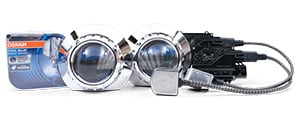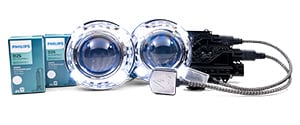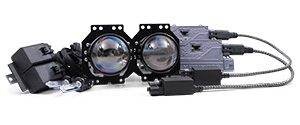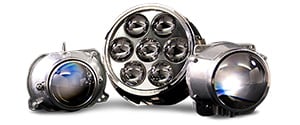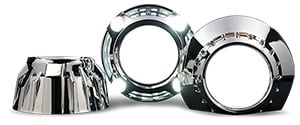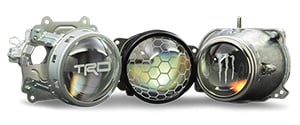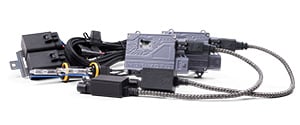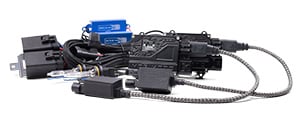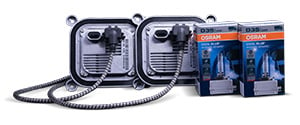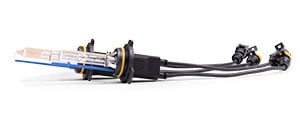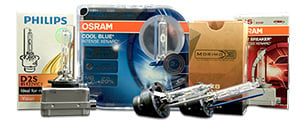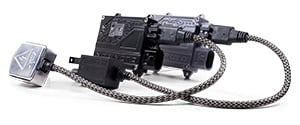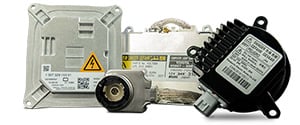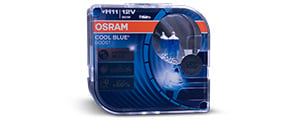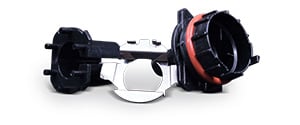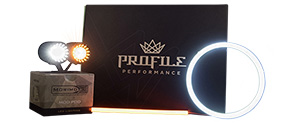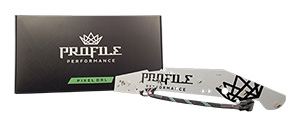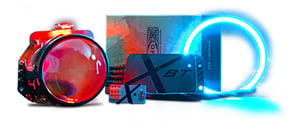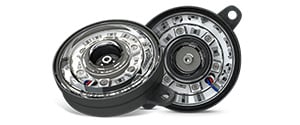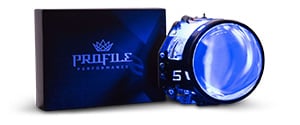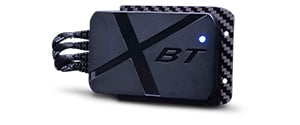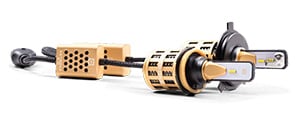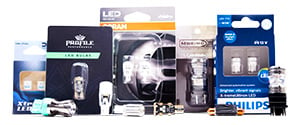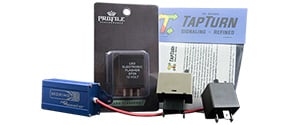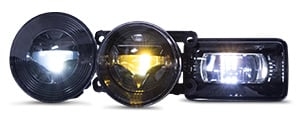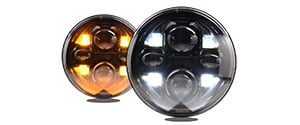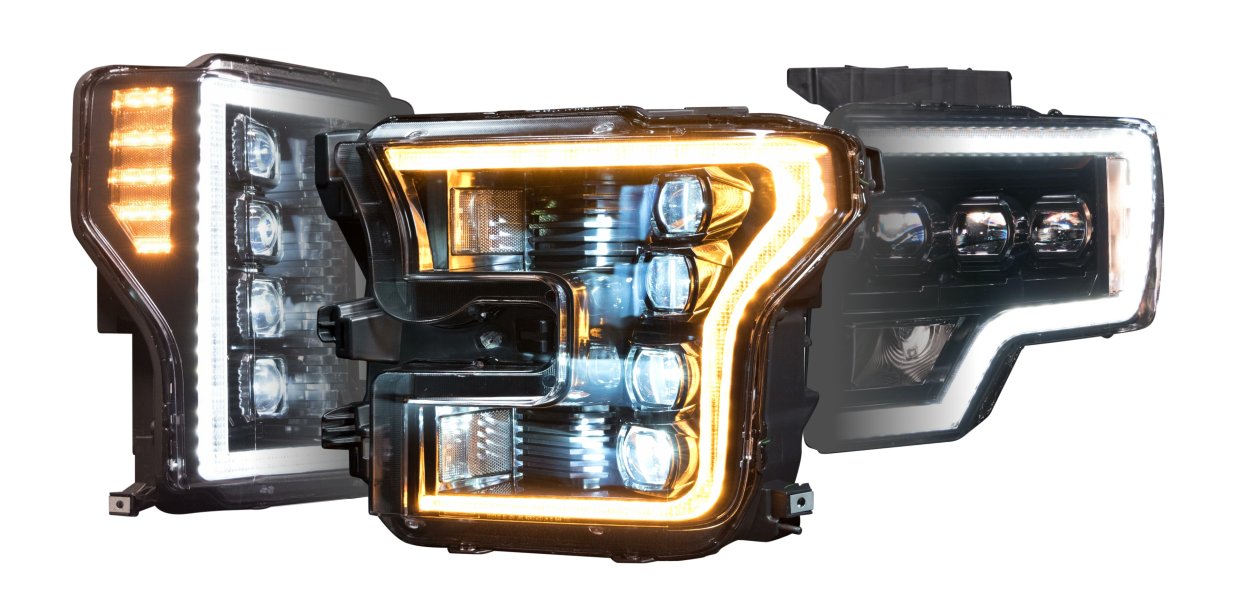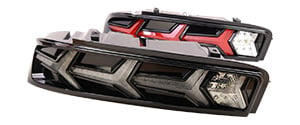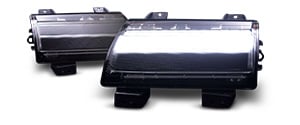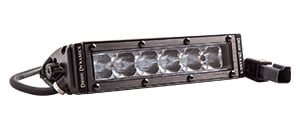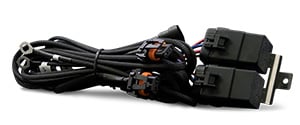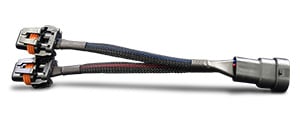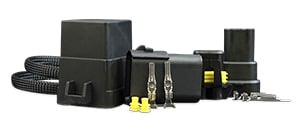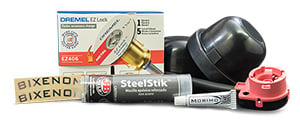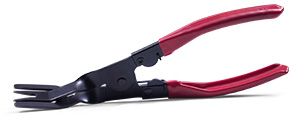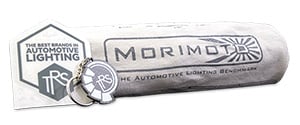WHY IS THERE WATER IN MY HEADLIGHTS?
You’ve walked out to your car only to realize you have what seems like water droplets inside your headlight. Your first thought is probably along the lines of “How do I remove this fog from my headlights?” I know you’re reading this to find out why it happens and how to prevent it. First, we’ll explain condensation and how it happens in your headlight. Then, we’ll share our tips and tricks on how to remove and prevent water build-up inside those headlights.
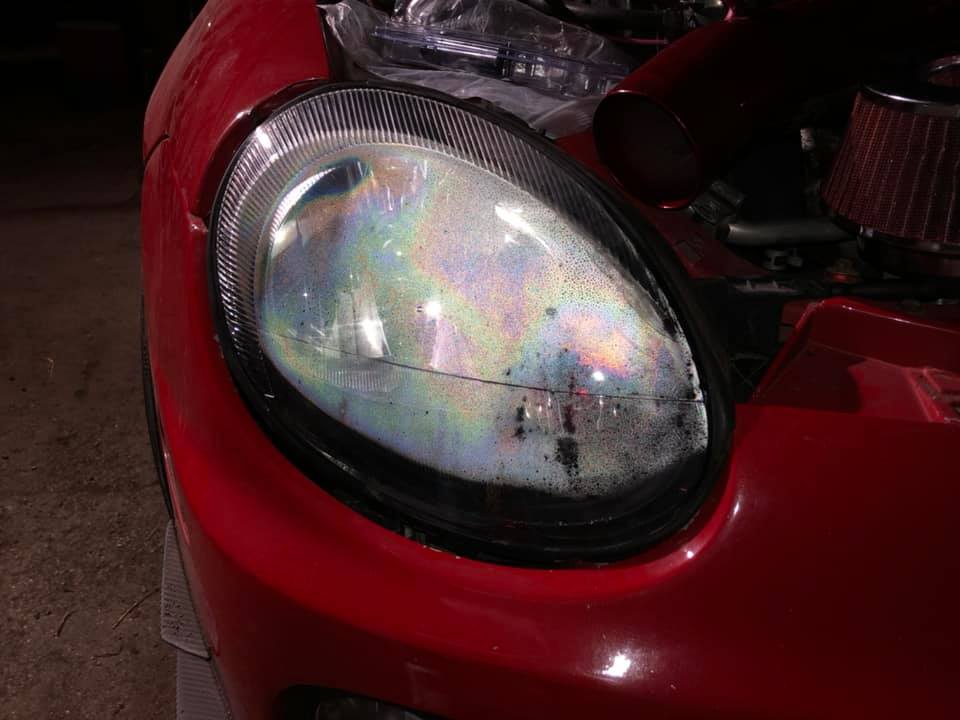 Picture by Matt Graham from Headlight Junkies
Picture by Matt Graham from Headlight Junkies
WHY DO I GET MOISTURE INSIDE MY HEADLIGHTS?
The answer is simple, you get water in your headlights from the process of condensation. Condensation, by definition, is the conversion of a vapor or gas into a liquid. In this case, water will collect as droplets on a cool surface when humid air comes in contact with it. Most condensation takes form in variations of misting, fogging, or even small to large droplets. Condensation is a normal process and can happen especially after a change in weather. The misting within the headlight will dissipate on its own. However, if you have excess amounts of condensation then there could be an underlying issue with the headlight itself.
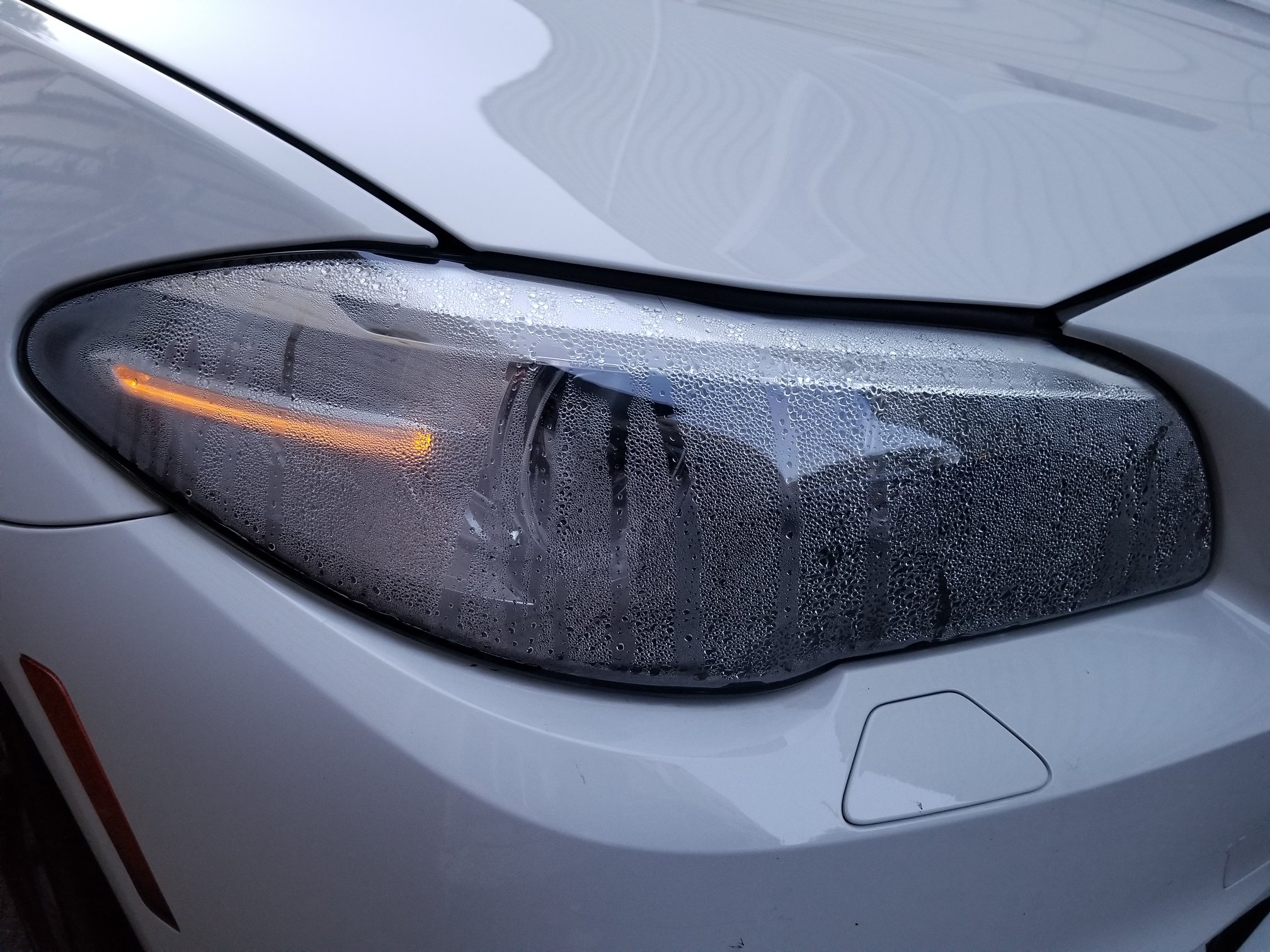 Photo by Shawon Razzaque of Headlight Junkies
Photo by Shawon Razzaque of Headlight Junkies
If you have an invasion of water in your headlight, it could lead to further issues. An excess amount of water build-up might also hint at the headlight having damage, whether that’s a hairline crack in the lens or a failing seal. This water build-up could have the potential to damage the internals of your headlight, making the whole unit useless.
Headlights naturally generate heat when in use, bulbs create heat, and that heat will be transferred through the headlight housing. Because of this heat, headlights need to have a way to ventilate and regulate internal temperatures. Due to the process of thermal convection, condensation will occur when the warm air moves up, the cool air moves down, and the two meet. If there is damage to the headlight which prevents this process from happening, you will start to notice condensation that builds up heavier and forms larger water droplets.
HOW DO I CLEAR FOGGY HEADLIGHTS?
Now you know why condensation happens, but how do you remove excess amounts of water from your headlight? In most cases, you really don’t need to do anything. Depending on your local weather, the condensation might be completely normal and will disappear once the temperatures have balanced out. However, if you’re unlucky enough to be stuck with pesky moisture that won’t go away, we have a few tips on how to fix that.
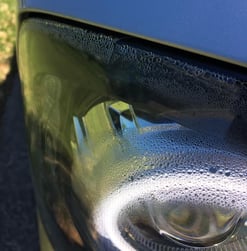
- One of the first suggestions you’ll read or hear will be applying heat to the headlight. You can use a hairdryer or a heat gun to up the lenses, hoping that the condensation then dries out.
- If you don’t have a heating element, you can also try using the sun. Remove the headlight bulbs and the dust cap and park in direct sunlight to recreate the same effects from above.
- If you’re trying to combat condensation in a place without a lot of sunlight or natural heat to help, the next best solution is to keep the vehicle away from water. This includes when it rains or even taking it through a car wash. Let the headlights dry out on their own time.
These methods are an easy way to help remove water from inside your headlight. But how do you prevent water from getting there in the first place?
One of the first things to check when searching for issues would be the vents on the headlight. Are the vents intact, plugged, or damaged? If the vents on the headlight are fine, it is time to assess the assembly for cracks. Look carefully at the back of the housing and on the lenses. If no damage is found to the headlight, then it’s time to consider the possibility that the seal has broken. Don’t panic yet – this can be an easy fix too. We have created a step-by-step tutorial on how to re-seal your headlight using the Morimoto Retrorubber. If this job seems too involved for your liking, you can also find OEM replacement housings from reputable companies like TYC or Eagle Eyes.
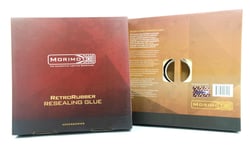 Headlight Re-Sealing Tools
Headlight Re-Sealing Tools
Starting at $21.20

CONCLUSION
Condensation in your headlight isn’t a reason to stress, in most cases, this is just a normal process. If you find yourself battling with excess amounts of water intrusion, we hope this article helps explain why it happens and what you can do to prevent it. It is important to determine if you are dealing with simple condensation or excess amounts of moisture so you can confidently determine your next steps. Whether that is re-sealing the headlight or replacing the unit altogether, The Retrofit Source is here to help guide you to the best solutions.
If you are more of a visual learner, check out our YouTube channel where we test and review new headlight upgrades. While you are there, do not forget to like and subscribe to our channel for the latest lighting upgrades for your vehicle.
Have any questions about any products we mentioned? Contact us today, and our customer support team will be happy to help.
.png)
